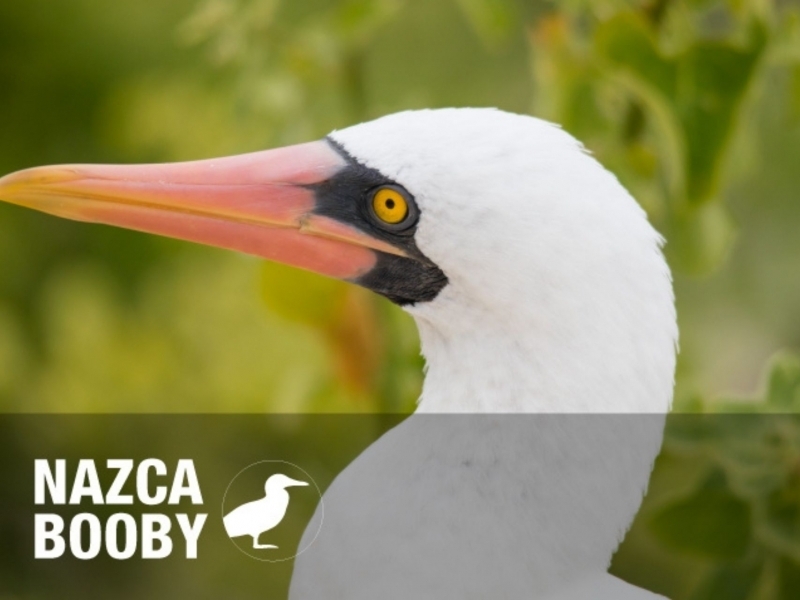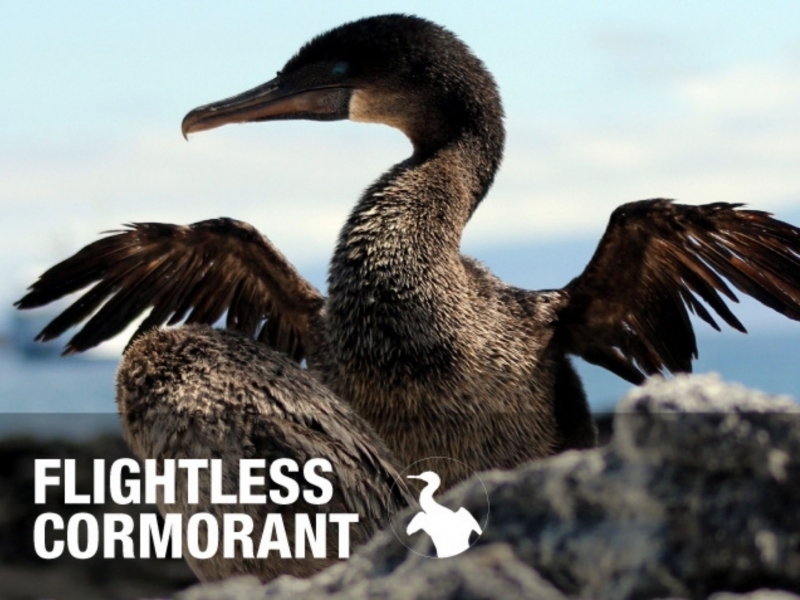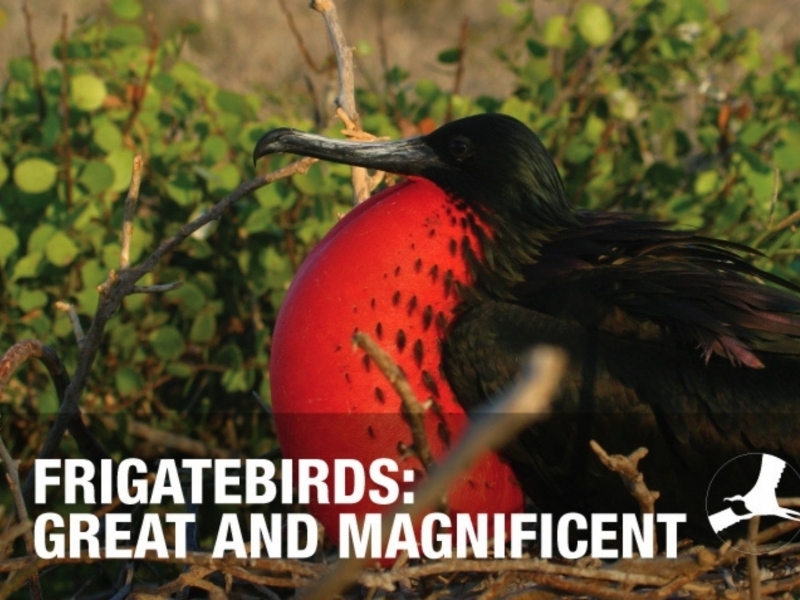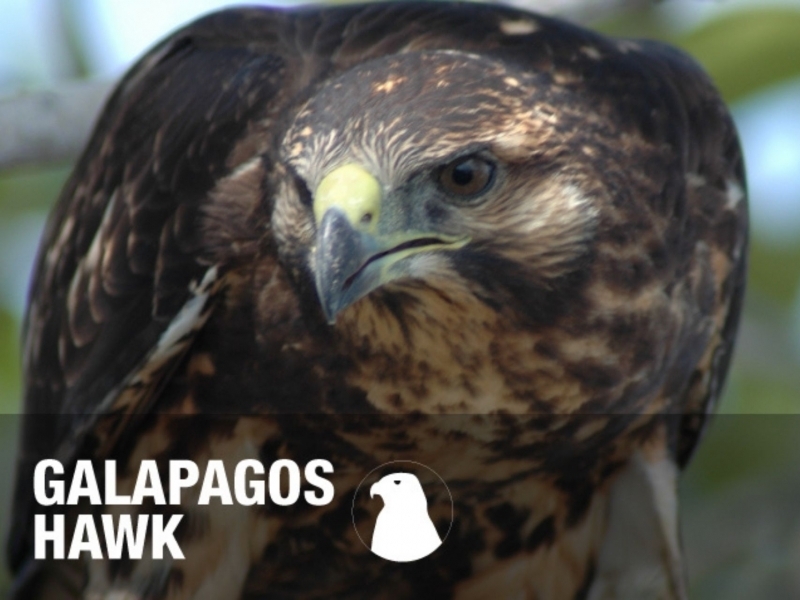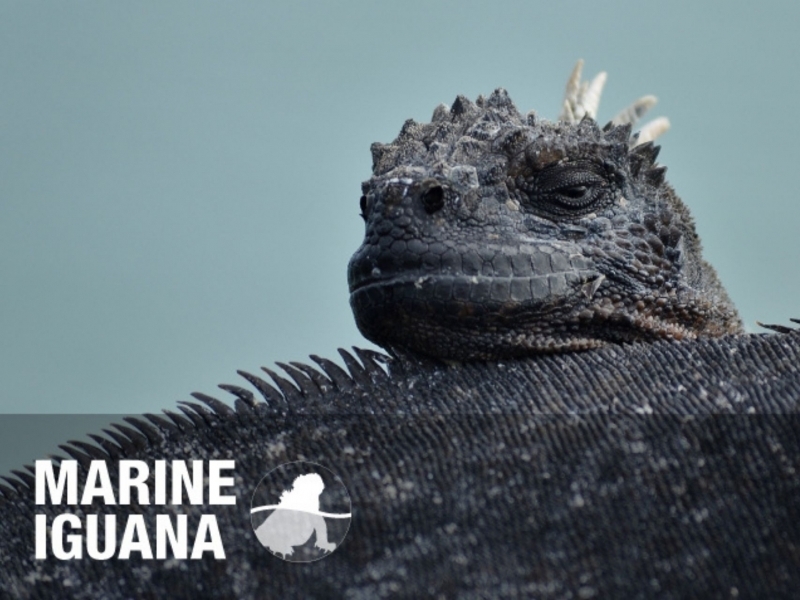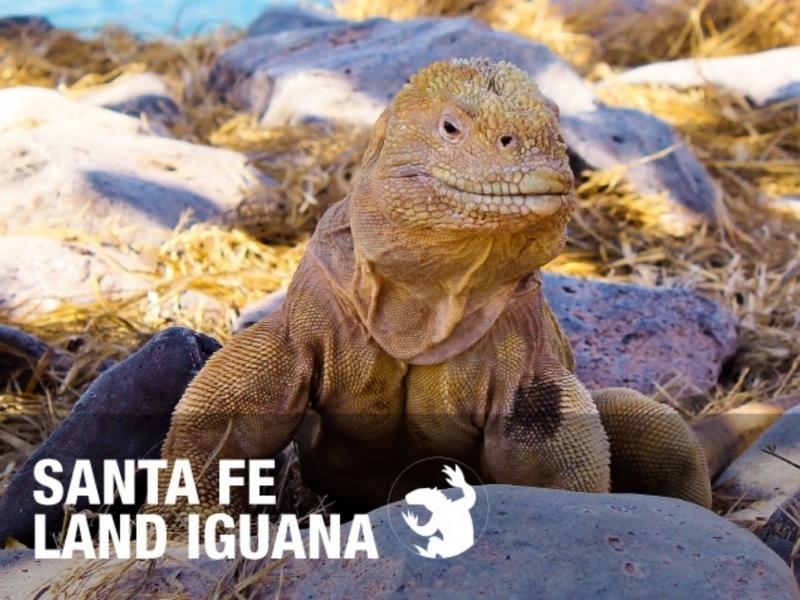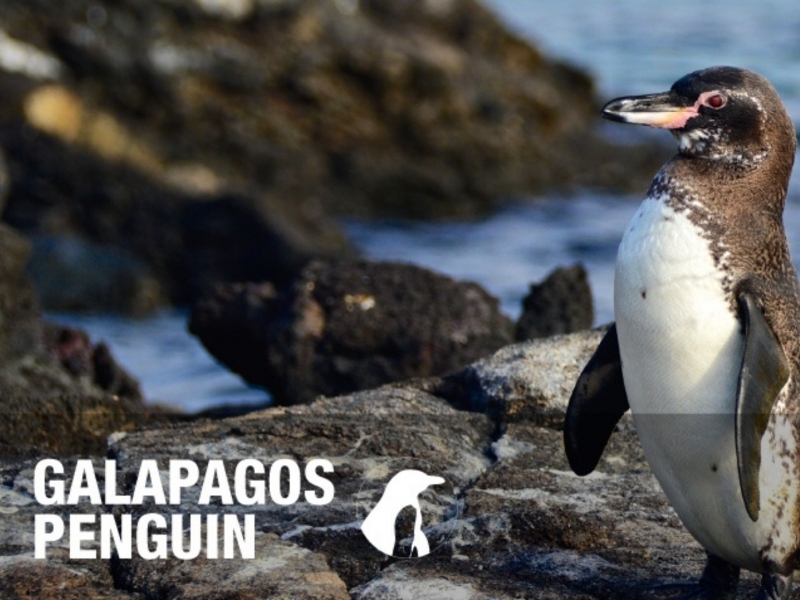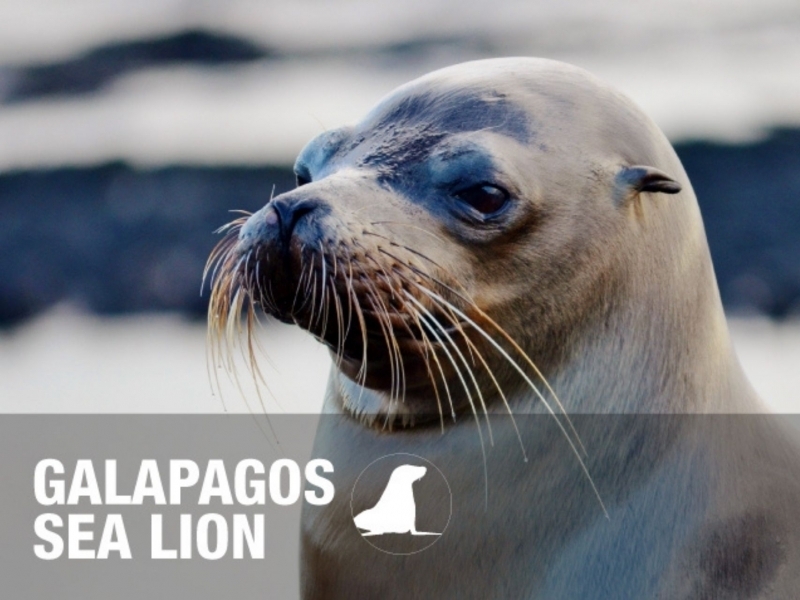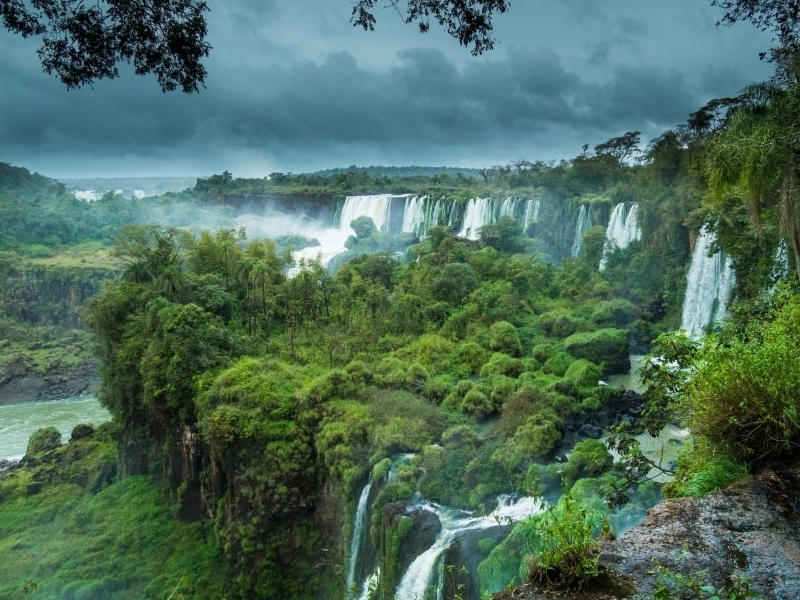News and Testimonials
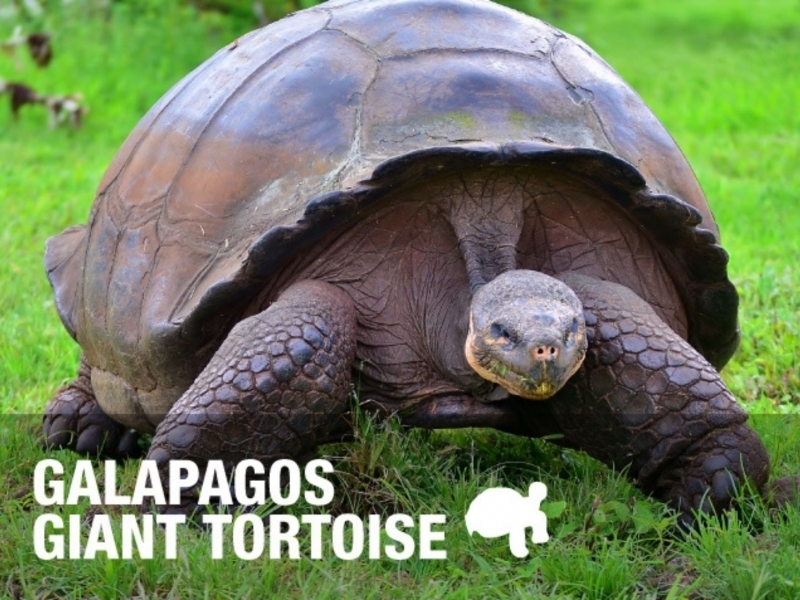
THE BIG 15 - GALAPAGOS
"It’s quite simple: The more iconic species you see on the Galapagos Islands, the more rewarding and memorable your experience will be!"
When it comes to wildlife, no place on Earth compares to the Galapagos Islands. Lumbering giant tortoises and curious sea lion pups amid dramatic volcanic landscapes let you feel what it was like before humans emerged on the planet. The vast diversity of animal life is what attracts visitors to this remote paradise. But the islands are far-flung, spread out over 138,000 Km2 (53,300 mi2), and impressing explorers from all corners of the World.
1. Galapagos Albatross: Also called the waved albatross, the Galapagos albatross (Phoebastria irrorata) iis the largest bird in the Galapagos, with a wingspan of up to 250 centimetres (8.2 feet). They breed exclusively on Española Island, except for a handful of albatross on the continental Ecuadorean island of La Plata.
2. Blue-footed Booby: Best known for some of their notably colourful anatomical features, the three species of boobies that nest on the Galapagos belong to the Sulidae family of seabirds. Sometimes looking comical on land, they catch fish with spectacular plunge dives, often chasing fish while underwater. The Galapagos boobies are endemic as sub-species.
3. Nazca Booby: Some scholars argue they are a subspecies of the masked boobies, although a 2002 study provides genetic evidence that the Nazca booby is indeed a separate species, diverging from the masked booby around 400,000-500,000 years ago. It most obviously looks different from the masked booby by having a shorter, flatter orange rather than yellow beak.
4. Red-footed Booby: Limited Distribution Species: found on Genovesa, Punta Pitt (the eastern tip of San Cristóbal); small numbers breed on one of Floreana’s satellite islets, and a minute number nest on North Seymour. Ironically, the least seen booby happens to be the most numerous on the archipelago: the red-footed booby (Sula sula). They nest mainly on Genovesa Island, as well as San Cristóbal, but may occasionally be seen elsewhere in the archipelago.
5. Flightless Cormorant: The Galapagos or flightless cormorant (Phalacrocorax harrisi) is the rarest, biggest, and most unique cormorant. Its ancestor arrived in the archipelago around two million years ago, in fact even before Fernandina and Isabela, the islands where they now live, even existed. This bird probably evolved in the centre of the Galapagos before migrating west in tune with a major shift of high marine food productivity upon which it had come to rely.
6. American Flamingo: The flamingos present in the Galapagos belong to the American flamingo (Phoenicopterus ruber), but are an odd southwest outlier, considering that the remainder of the species breeds along coasts of Colombia and in much of the Caribbean. Despite its wide range, this species is in fact rarely found outside the Caribbean. These birds’ emblematic colour is linked to their diet (rich in carotenoids), and secretions from their uropygial gland near the base of the tail also transfer pigments to the plumage coat.
7. Frigatebirds: Unusually, two different species of frigatebird coexist practically side by side on the Galapagos: the great (Fregata minor) and the magnificent (Fregata magnificens), the largest species of frigatebird. While they have a wide distribution through tropical oceans, there is nowhere one can approach them more closely than on the Galapagos.
8. Galapagos Hawk: Outside the Galapagos, the animal on top of the food chain is a large carnivore like the jaguar in South America or the polar bear in the Arctic. In the archipelago, this distinction belongs to the Galapagos hawk (Buteo galapagoensis), a large endemic bird of prey. As the apex predator, it has no natural enemies, but is classified as vulnerable by the IUCN. Genetic investigation indicates that it is among the most recent native arrivals to the islands, having reached them around 300,000 years ago, compared with the famous finches, who arrived two to three million years ago.
9. Land Iguana: On the Galapagos, land iguanas play an important role as endemic resident herbivores. Their largely vegetarian feeding habits are responsible for the dispersal of several succulent plants. The Galapagos land iguana (Conolophus subcristatus) lives on several islands, making it the most widely distributed land iguana of the three species of the Galapagos. The biggest adults can weigh 13 kilogrammes (30 pounds).
10. Marine Iguana: The marine iguana (Amblyrhynchus cristatus) is one of the most amazing Galapagos species. Few species show such astonishing adaptations and evolutionary changes as these lizards, called “imps of darkness” by Charles Darwin. They arrived as terrestrial iguanas, and then evolved into their marine status and then spread throughout the archipelago. Their marine adaptations are a unique showcase of evolutionary biology. They are found on all Galapagos Islands – but nowhere else.
11. Santa Fe Land Iguana: The Santa Fe land iguana (Conolophus pallidus), with smaller dorsal spines and a more brownish colour and tapered snout, lives only on little Santa Fe, an island of 24 square kilometres (9.3 square miles), off the eastern coast of Santa Cruz Island, unlike its more widely distributed cousin, the Galapagos land iguana. Perfectly adapted by its colour to blend in with its surroundings, it is somewhat more difficult to observe than the other land iguana.
12. Galapagos Penguin: Galapagos penguins (Spheniscus mendiculus) are the only penguins that live on the equator, the only penguins that moult twice a year, and, of the 18 species of penguins, they are the rarest. The Galapagos penguin is the second-smallest penguin and weighs about two kilogrammes. Males, generally larger and heavier than females, have thicker bills. The Galapagos penguin is the only species of penguin that has no set breeding season, can lay eggs up to three times in a year, and, when food is abundant, can raise two chicks in about three months.
13. Galapagos Sea Lion: The Galapagos sea lion (Zalophus wollebaeckii) is a particularly interesting seal species since it lives right on the equator, exposed to greater heat and potentially less food than colder-climate species. The productivity of the Galapagos, as well as the sea lion’s adaptations, allow it to thrive nonetheless. This is the smallest species of sea lion, with females weighing around 75 kilogrammes (165 pounds) and males up to about 200 kilogrammes (440 pounds).
14. Galapagus Fur Seal: The Galapagos fur seal (Arctocephalus galapagoensis) is the smallest of all seals, with females weighing just around 30 kilogrammes (66 pounds) and males around 80 (176). It appears to have arrived in the archipelago relatively recently and is more similar to its mainland relative than the Galapagos sea lion. It currently numbers around 15,000 individuals but can be highly susceptible to El Niño events, during which many young risk starving.
15. Galapagos Giant Tortoise: The Galapagos giant tortoise (Chelonoidis nigra) is the largest living tortoise species. Weighing up to 250kg (550 pounds) and numbering perhaps 200,000 before humans discovered the islands, their huge size led 16th-century Spanish explorers to apply their Spanish name to the whole archipelago. The islands’ dominant plant eater, they play an important role as their habitats’ top grazer. In the wild, these gentle giants slowly barrel their way through the plant cover. The shape of their shells varies from island to island and, on Isabela, from volcano to volcano. Islands with humid climate have larger tortoises with domed shells and shorter necks; dry climates lead to somewhat smaller tortoises with “saddleback” shells and long necks. Growing slowly, they often live to become well over 100 years.
Source & Photos: https://www.metropolitan-touring.com/galapagos-big15/galapagos-giant-tortoise.html



